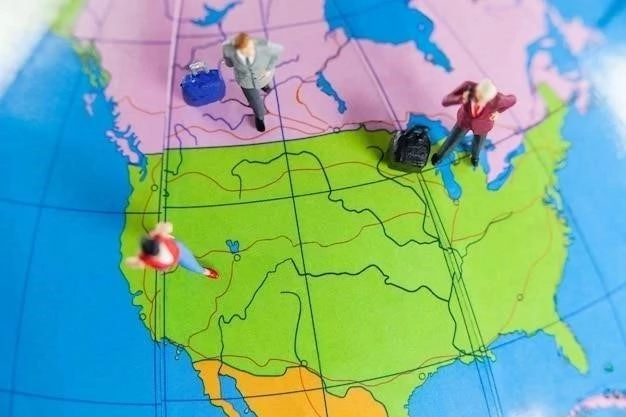The Significance of the Frontier in American History
The American Frontier, a concept often romanticized and mythologized, holds profound historical significance. It represented opportunity and escape, drawing millions westward with promises of land ownership, a key tenet of American freedom and self-reliance. This relentless westward expansion, fueled by ideals of Manifest Destiny, shaped national identity and fueled economic development, but also tragically exacerbated conflicts with Native American populations and ignited the debate over slavery’s expansion.
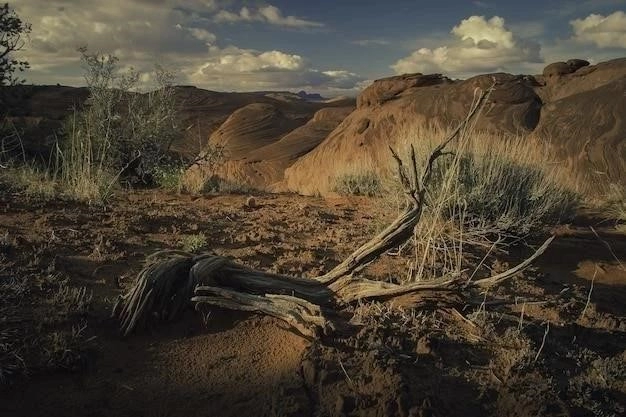
The California Gold Rush and its Impact
The discovery of gold at Sutter’s Mill in Coloma, California, in 1848, ignited a social and economic phenomenon of unprecedented scale: the California Gold Rush. This momentous event, captivating the imagination of people worldwide, spurred a mass migration westward, forever altering the demographic and cultural landscape of the American West.
News of gold nuggets found in the American River spread like wildfire, prompting an influx of fortune seekers, dubbed “forty-niners,” who abandoned homes and livelihoods to chase dreams of instant riches. This unprecedented wave of migration, estimated at over 300,000 people from across the United States and abroad, transformed California from a sparsely populated region into a booming center of activity almost overnight.
The impact of the Gold Rush was profound and multifaceted. The rapid population growth led to the establishment of new towns and cities, burgeoning from makeshift mining camps into bustling commercial hubs. San Francisco, a small port settlement prior to the gold rush, experienced exponential growth, evolving into a major urban center, a testament to the transformative power of this gold fever.
However, this rapid development came at a steep price. The influx of gold seekers strained resources and exacerbated social tensions. Competition for land and mineral wealth led to conflicts between miners, and the exploitation of Native American populations for labor and resources intensified, further displacing indigenous communities already grappling with the impacts of westward expansion.
The Gold Rush also had significant national implications. The influx of gold into the U.S. economy fueled economic growth, contributing to the rise of banking and industry. However, it also widened the gap between the rich and poor, as those who controlled access to resources and transportation benefited disproportionately from the gold wealth.
Despite its chaotic and often brutal nature, the California Gold Rush left an enduring legacy. It accelerated the development of the American West, stimulating infrastructure projects such as the Transcontinental Railroad and solidifying California’s position as a vital economic and cultural force within the nation. However, it also serves as a potent reminder of the complex and often tragic consequences of rapid economic transformation and the enduring impact of westward expansion on Native American populations.
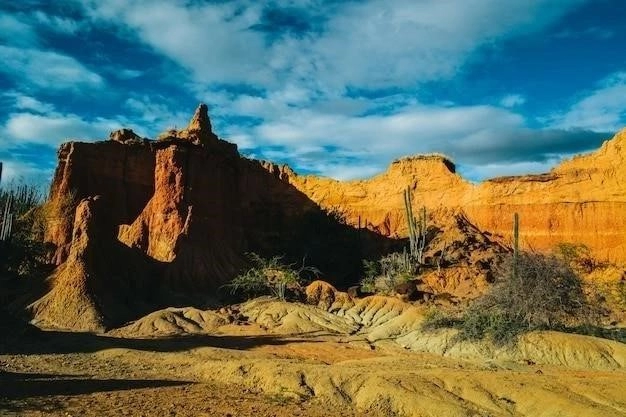
The Cowboy: Myth vs. Reality
The American cowboy, a figure eternally etched in the national consciousness, evokes romantic notions of rugged individualism, adventure on the open range, and a life defined by freedom and self-reliance. Immortalized in literature, film, and popular culture, the cowboy has transcended historical reality to become an enduring American archetype. However, the romanticized image often diverges from the lived experiences of actual cowboys in the American West.
The cowboy era emerged in the post-Civil War era, driven by the need to move vast herds of cattle from Texas ranches to railheads in the north, where they could be shipped eastward to meet the demands of a growing nation. These cattle drives, romanticized in countless Westerns, were arduous journeys, fraught with danger and demanding resilience, horsemanship, and roping skills. Cowboys, often working on vast, open ranges, endured long hours, harsh weather conditions, and the constant threat of stampedes, all for modest wages.
The romanticized image of the lone, stoic cowboy, often depicted as a white Anglo-Saxon figure, belies the diverse reality of the profession. In truth, cowboys came from various backgrounds, including African Americans, Mexicans, and Native Americans, each contributing to the development of cowboy culture and techniques. For many minorities, particularly African Americans escaping post-Civil War South, the cowboy life offered a degree of freedom and economic opportunity not readily available elsewhere in the country.
The cowboy lifestyle, often perceived as glamorous, was in reality grueling and often monotonous. Long hours in the saddle, often sleeping under the stars, were punctuated by moments of intense danger. The iconic cattle drives, lasting weeks or even months, were only one aspect of a cowboy’s work, which also included branding, herding, and tending to sick animals.
By the late 1880s, the open-range cattle industry began to decline, impacted by factors like overgrazing, harsh winters, and the invention of barbed wire, which restricted cattle movement. The cowboy’s way of life, already challenging and often romanticized, began to fade, transitioning from a necessity to a nostalgic symbol of a bygone era.
While the romanticized image of the cowboy persists, it’s crucial to recognize the historical reality: a challenging, often dangerous profession that attracted individuals from diverse backgrounds, seeking opportunity and forging a unique subculture within the vast landscape of the American West.
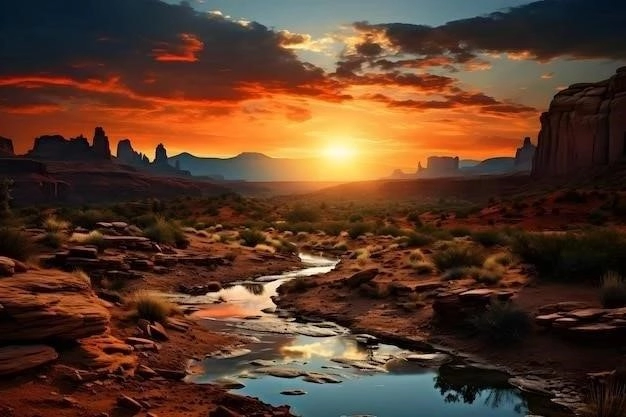
The Development of National Parks in the West
The establishment of national parks stands as a testament to the evolving relationship between Americans and the awe-inspiring landscapes of the American West. Driven by a growing appreciation for nature’s grandeur and a conservation ethic that recognized the need to preserve these natural treasures for future generations, the national park idea took root and flourished, forever changing how we experience and protect our nation’s most iconic landscapes.
The genesis of the national park system can be traced to the mid-19th century, marked by a growing awareness of the unique natural wonders of the American West. Artists and writers, captivated by the majestic landscapes of Yosemite Valley and Yellowstone, captured the public’s imagination through paintings, photographs, and written accounts, igniting a sense of wonder and a desire to protect these natural treasures.
In 1872, Yellowstone, with its geothermal wonders and abundant wildlife, became the world’s first national park, setting a precedent for preserving large tracts of land for public enjoyment and scientific study. This landmark decision marked a turning point in conservation, recognizing the intrinsic value of nature beyond its economic potential.
The creation of Yellowstone paved the way for other iconic national parks in the West. Yosemite, Sequoia, and General Grant (later incorporated into Kings Canyon National Park) followed in the late 19th and early 20th centuries, preserving areas of exceptional beauty and ecological significance.
The establishment of these early parks was not without controversy. The displacement of Native American tribes, whose ancestral lands often overlapped with these newly designated parks, remains a dark chapter in this conservation narrative. Additionally, balancing preservation with increasing tourism and development pressures continues to challenge park management to this day.
Despite these challenges, the national park idea has flourished, evolving into a globally emulated model for conservation. The National Park Service, established in 1916, oversees a vast network of parks, monuments, and historical sites, safeguarding these national treasures for future generations to experience and appreciate the unparalleled beauty and ecological diversity of the American landscape.
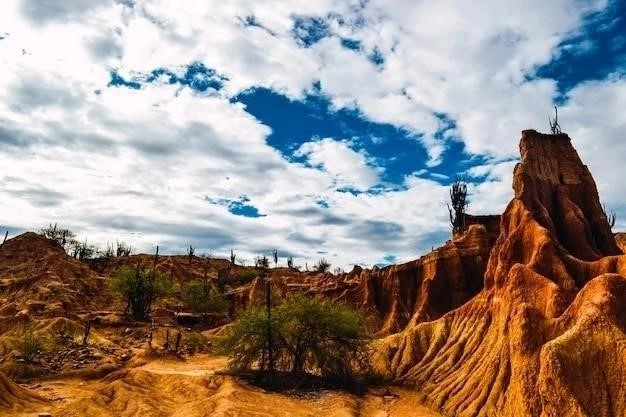
The Displacement and Mistreatment of Native Americans
The westward expansion of the United States, while often portrayed as a triumph of progress and opportunity, cast a long shadow over the lives of Native American populations who called these lands home for centuries. The relentless push westward, driven by Manifest Destiny and the pursuit of land and resources, resulted in the systematic displacement, cultural disruption, and often brutal mistreatment of indigenous peoples, leaving a legacy of trauma and injustice that continues to reverberate today.
As settlers and prospectors flooded westward, pressure mounted to acquire Native American lands, often viewed as obstacles to expansion and economic development. Treaties, often negotiated under duress and seldom honored, forced tribes to cede ancestral lands and relocate to reservations, often located on undesirable land with limited resources.
This forced displacement, coupled with the arrival of new diseases and the decimation of buffalo herds that served as a vital resource for many tribes, led to widespread suffering and cultural upheaval. Traditional ways of life, intrinsically tied to the land, were disrupted, leading to a loss of cultural identity and self-sufficiency.
The violence inherent in this westward expansion manifested in numerous conflicts and massacres. From the Sand Creek Massacre of 1864, where Colorado militia attacked a peaceful Cheyenne and Arapaho encampment, to the Wounded Knee Massacre of 1890, which marked the end of the armed resistance on the Great Plains, these tragic events stand as grim reminders of the human cost of westward expansion.
The displacement and mistreatment of Native Americans represent a dark chapter in American history, a stark contrast to the narratives of opportunity and progress often associated with the American West. Recognizing this history and its lasting impact is essential to understanding the complexities of westward expansion and its enduring legacy on the cultural landscape of the United States.
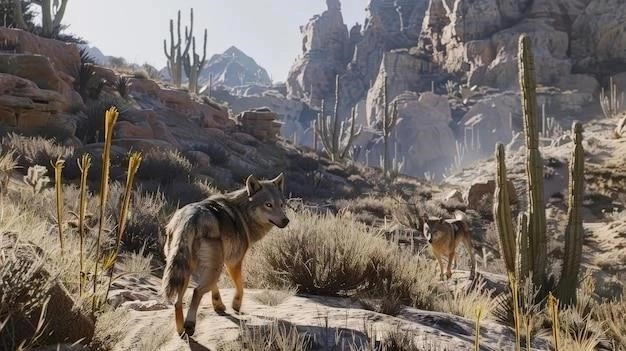
The Role of the Transcontinental Railroad
The completion of the Transcontinental Railroad in 1869 stands as a monumental feat of engineering and a pivotal moment in the history of the American West. This iron artery, stretching over 1,900 miles, physically and symbolically linked the Atlantic and Pacific coasts, ushering in a new era of interconnectedness and transforming the nation’s economic and social landscape.
Prior to the railroad’s completion, the journey westward was an arduous and perilous undertaking, often taking months by wagon train or sea voyage. The transcontinental railroad dramatically reduced travel time, facilitating the movement of people, goods, and ideas with unprecedented efficiency. This newfound accessibility to western markets spurred economic development, encouraging agricultural expansion, mining operations, and the growth of new industries.
The railroad acted as a catalyst for westward migration, opening up vast tracts of land for settlement and agriculture. Homesteaders, lured by the promise of fertile land and new opportunities, flocked westward, transforming the demographic makeup of the region. The railroad facilitated the transportation of agricultural products from western farms to eastern markets, fostering economic growth and interdependence between the regions.
However, the railroad’s construction came at a significant cost. The immense labor force required for this monumental project included thousands of Chinese immigrants who endured harsh working conditions and faced widespread discrimination. Moreover, the railroad’s path cut through Native American territories, further displacing indigenous populations and exacerbating conflicts over land and resources.
Despite these complexities, the Transcontinental Railroad stands as a powerful symbol of American ingenuity and ambition. Its impact on the development of the American West was profound, accelerating economic growth, connecting disparate regions, and forever altering the nation’s perception of time and distance.
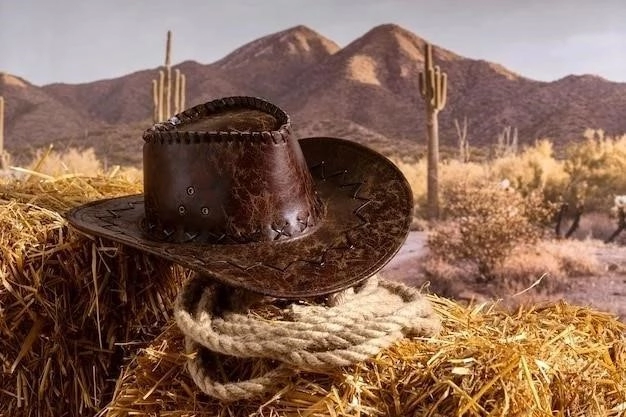
The Closing of the Frontier and its Legacy
The year 1890 marked a symbolic turning point in American history: the closing of the frontier. The U.S. Census Bureau declared that the readily available land, a defining characteristic of the nation’s westward expansion, had been settled, effectively drawing a line under an era of unprecedented growth and transformation. While the frontier’s closing was more a symbolic milestone than an absolute endpoint, it signified a profound shift in the American psyche and ushered in a new era defined by industrialization, urbanization, and a reckoning with the legacies of westward expansion.
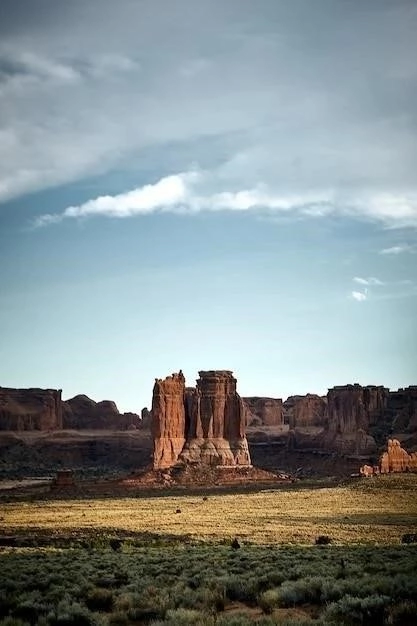
The closing of the frontier had far-reaching implications. It coincided with the rise of industrial cities as centers of economic and social life, shifting the nation’s focus from rural agrarianism to urban industrialization. The frontier, once seen as a safety valve for a growing population and a symbol of boundless opportunity, was now a finite resource, forcing a reassessment of national identity and priorities.
The frontier’s legacy, however, extended far beyond its physical closure. The romanticized image of the Wild West, with its cowboys, gold rushes, and untamed landscapes, continued to captivate the American imagination, shaping literature, film, and popular culture for generations to come.
Yet, this romanticized narrative often obscured the complex and often brutal realities of westward expansion. The displacement and mistreatment of Native American populations, the environmental consequences of rapid resource extraction, and the persistent social inequalities that defined this era continued to reverberate long after the frontier’s official closing.
The closing of the frontier did not signify the end of American expansionism or its pursuit of opportunity. However, it did mark a turning point, prompting a period of introspection and a reassessment of national values. The frontier’s legacy, with its triumphs and tragedies, continues to shape American identity and serves as a reminder of the complexities inherent in the nation’s ongoing pursuit of progress and its evolving relationship with the land and its diverse peoples.










